Symmetry and Reflection
For those new to photography, symmetry is a simple technique you can use to create visual harmony and balance. Symmetry appears when elements on one side of an image mirror those on the opposite side. This powerful tool can make your photos feel more organized and aesthetically pleasing, especially for architecture, landscape, and cityscape photography.
Here are the 4 main types of symmetry in photography:
Vertical Symmetry
In vertical symmetry, the left and right sides of the image reflect each other. This type of symmetry is very common in architectural shots.
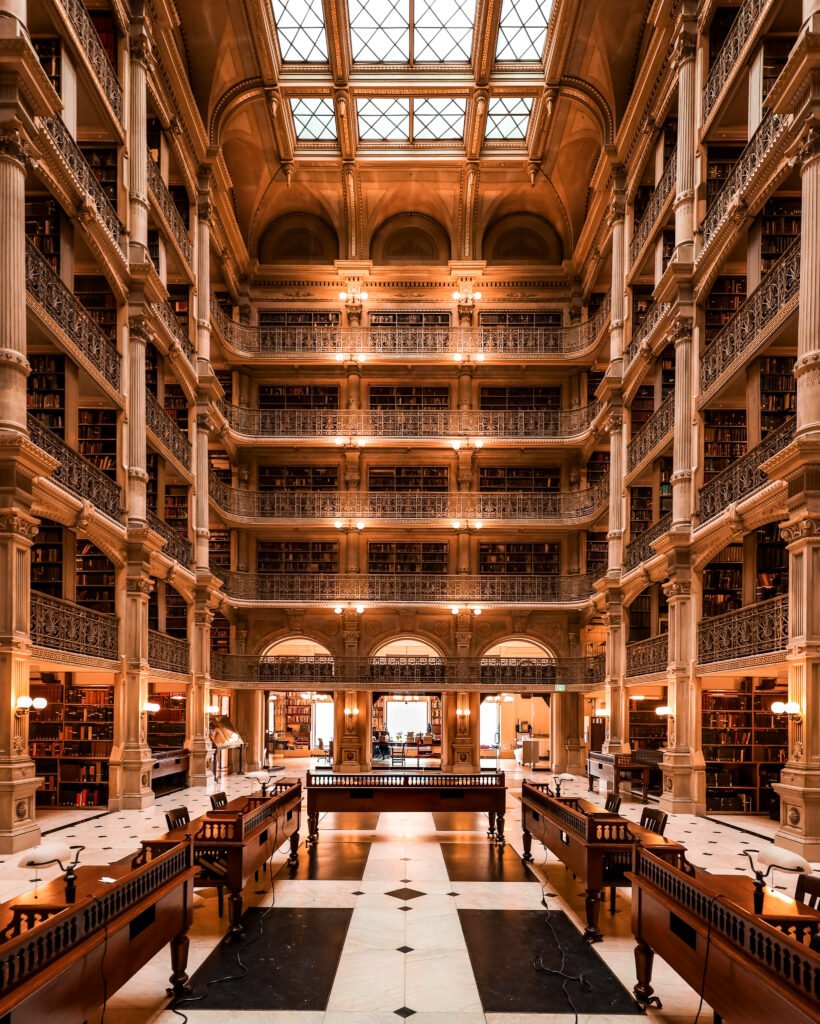
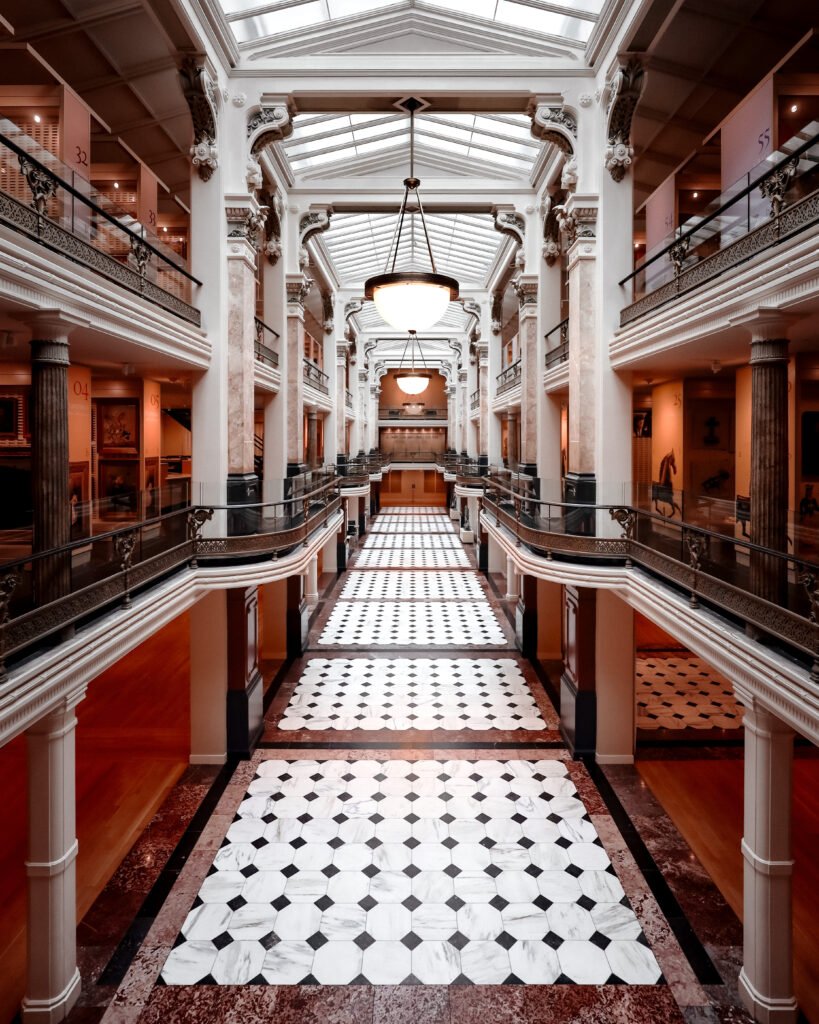
Horizontal Symmetry
Horizontal symmetry occurs when the top and bottom of the image reflect each other. This is common in landscape photography where water reflects the subject.
Radial Symmetry
Radial symmetry involves arranging elements around a central point, creating a sense of equilibrium and stability in a structure. This type of symmetry is often found in domes, rotundas, and other circular designs.
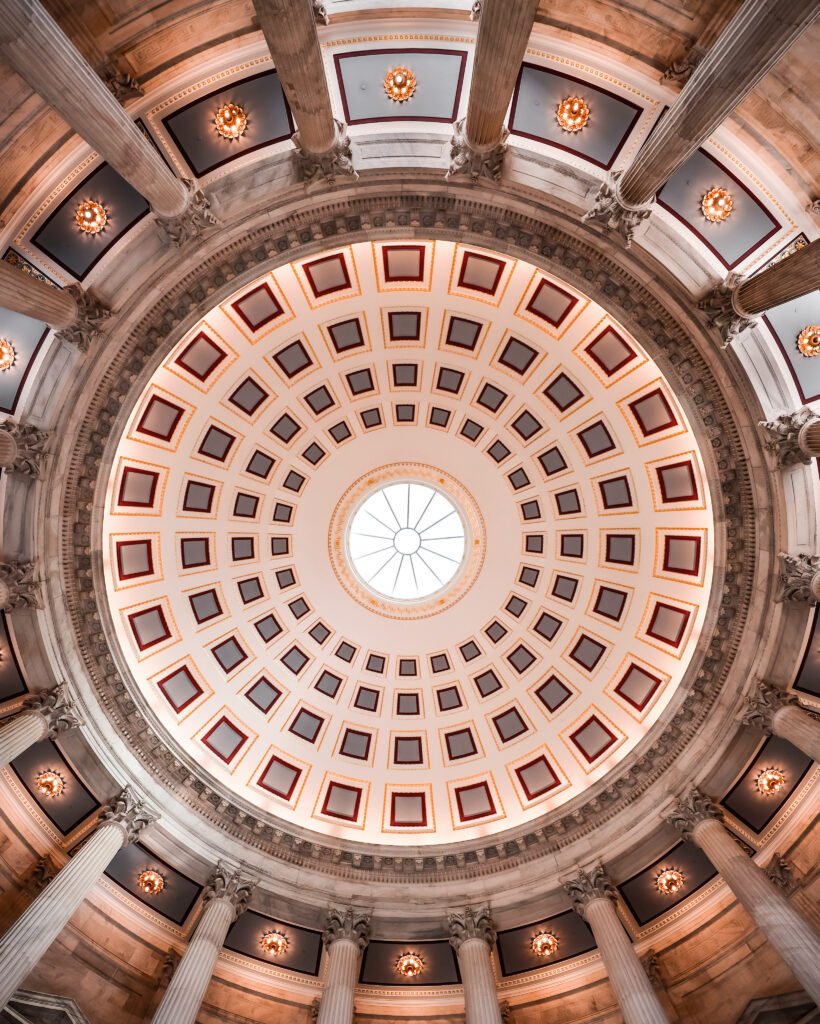
Translational Symmetry
Translation Symmetry refers to the repetition of identical elements at equal intervals along a straight line.
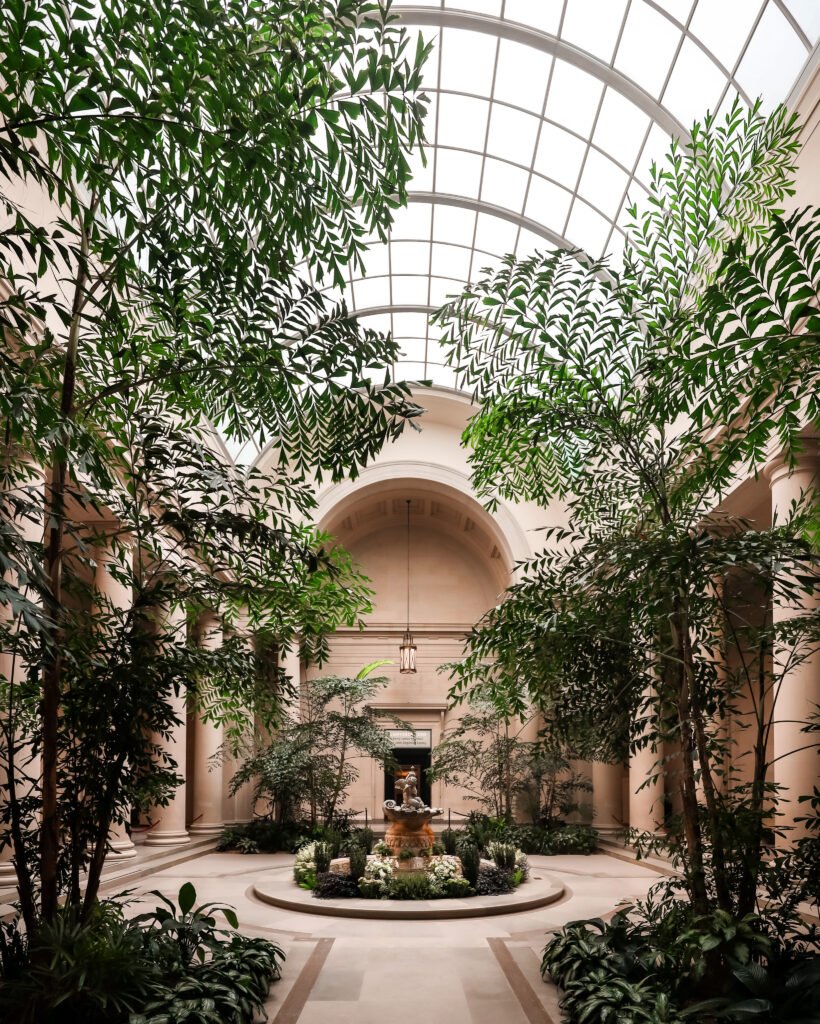
Fibonacci Sequence
Named after Italian mathematician Leonardo Bonacci, the Fibonacci sequence is a series in which each number is the sum of the two previous numbers.
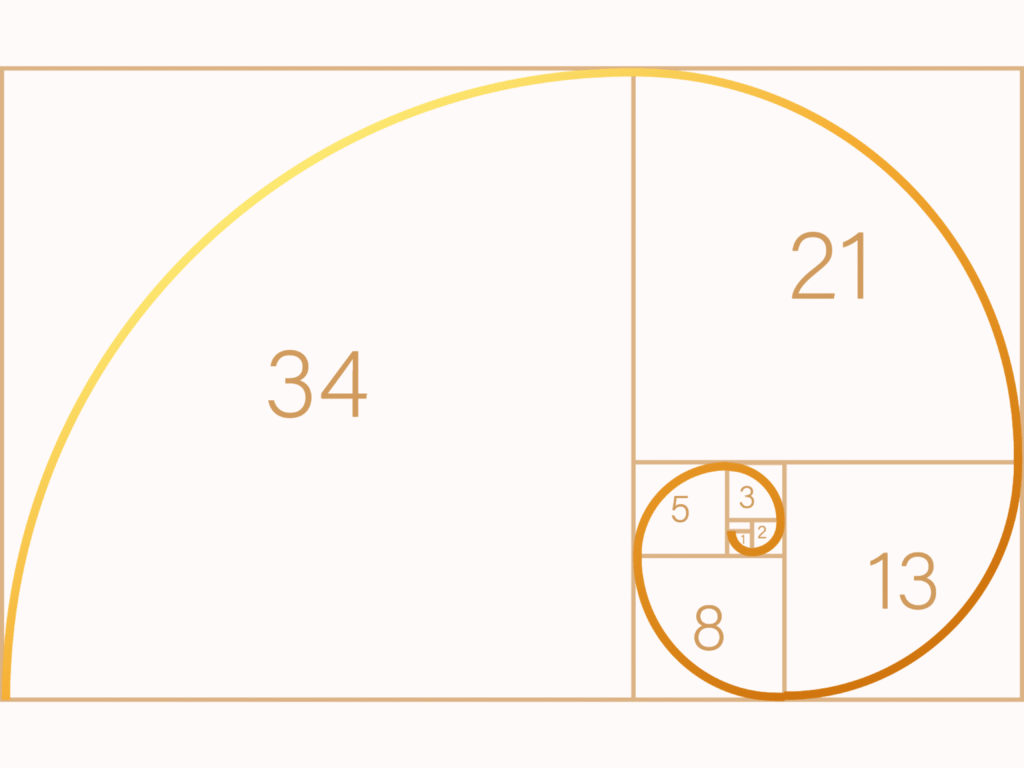
0 1 1 2 3 5 8 13
0+1=1
1+1=2
1+2=3
2+3=5
3+5=8
5+8=13
8+13=21
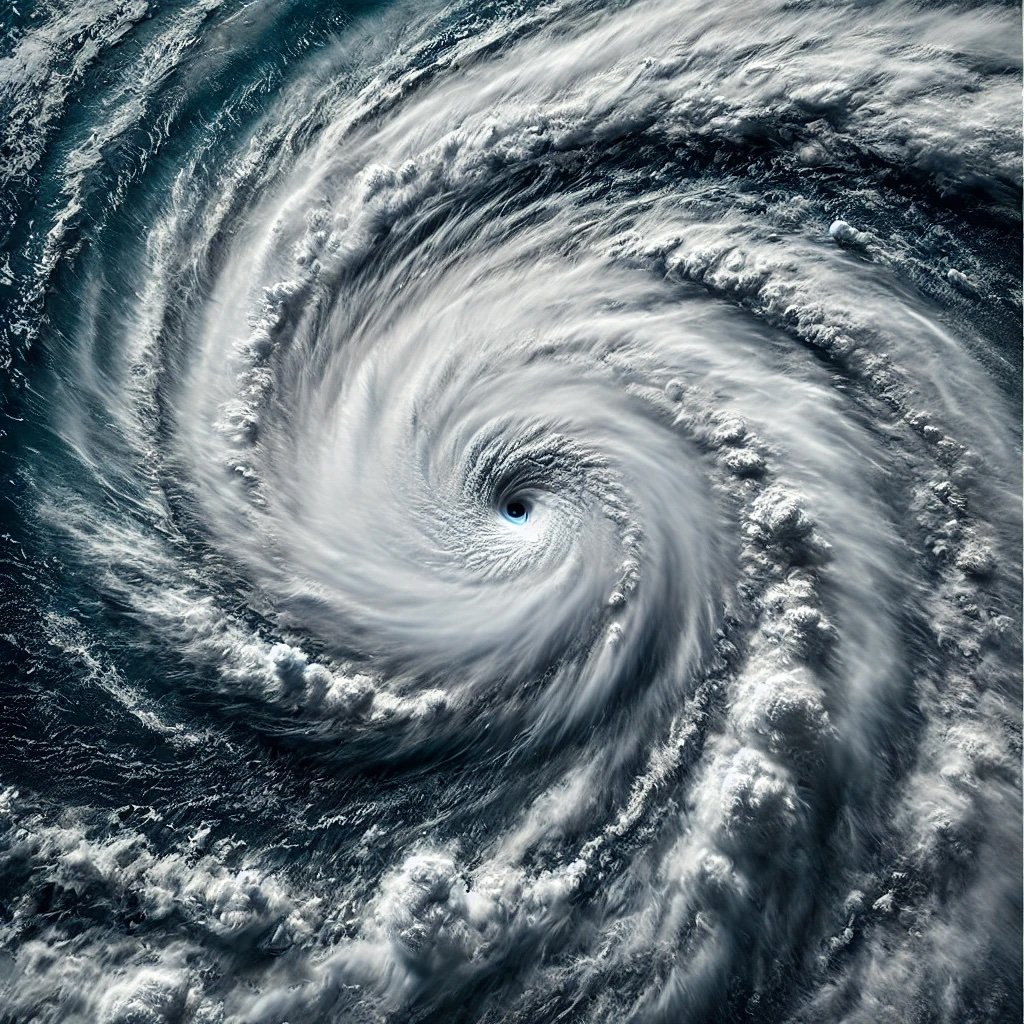


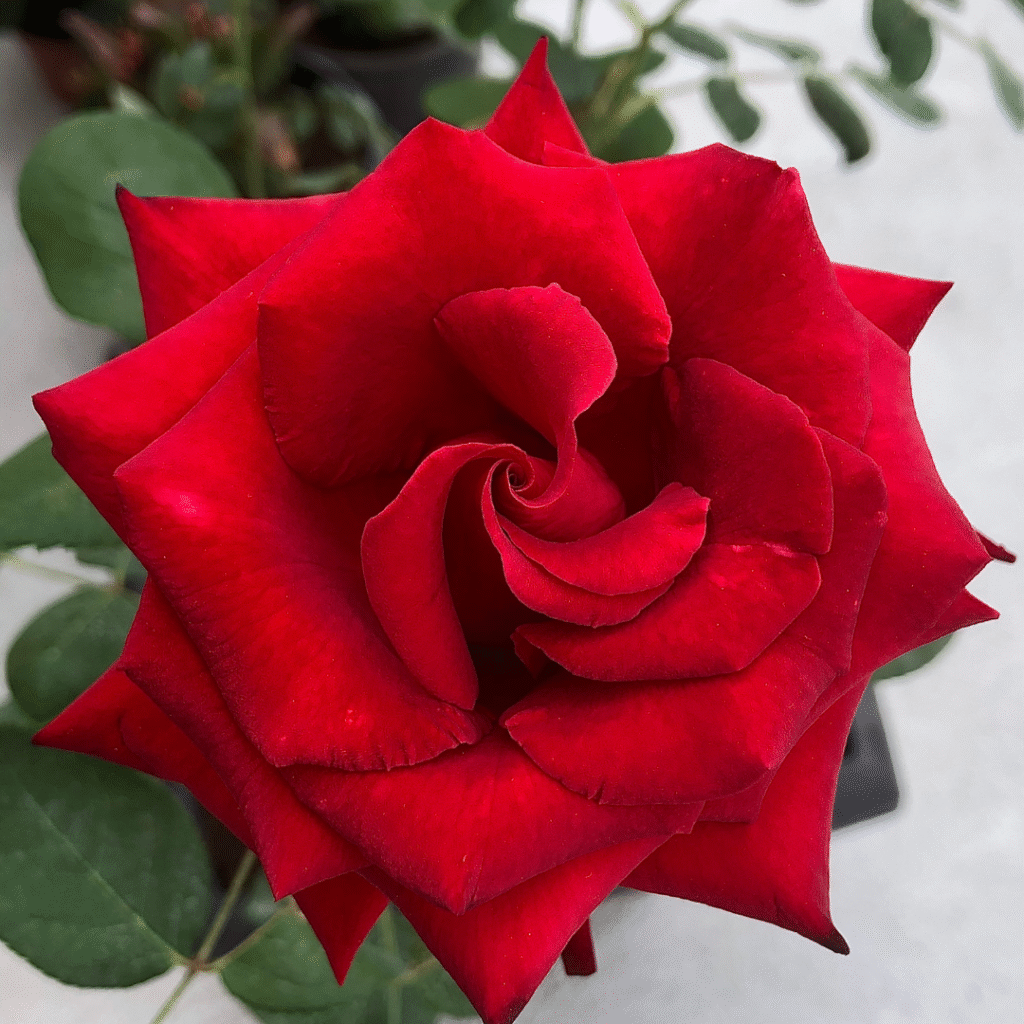
I learned this concept while taking architecture courses in undergrad and it’s often depicted in spiral staircases (i.e., The Modern Bramante Staircase at the Vatican Museum in Rome, Italy.) Examples of the Fibonacci sequence in nature are the Nautilus shell, galaxies, flowers, hurricanes, DNA helix, etc.
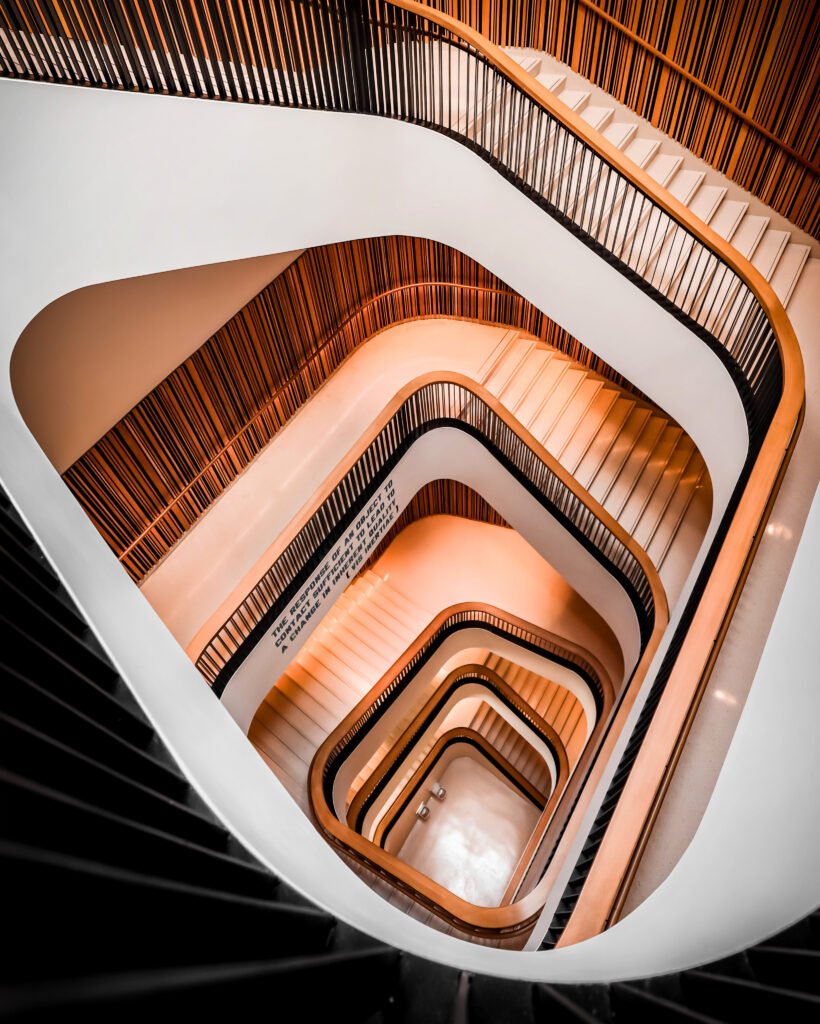
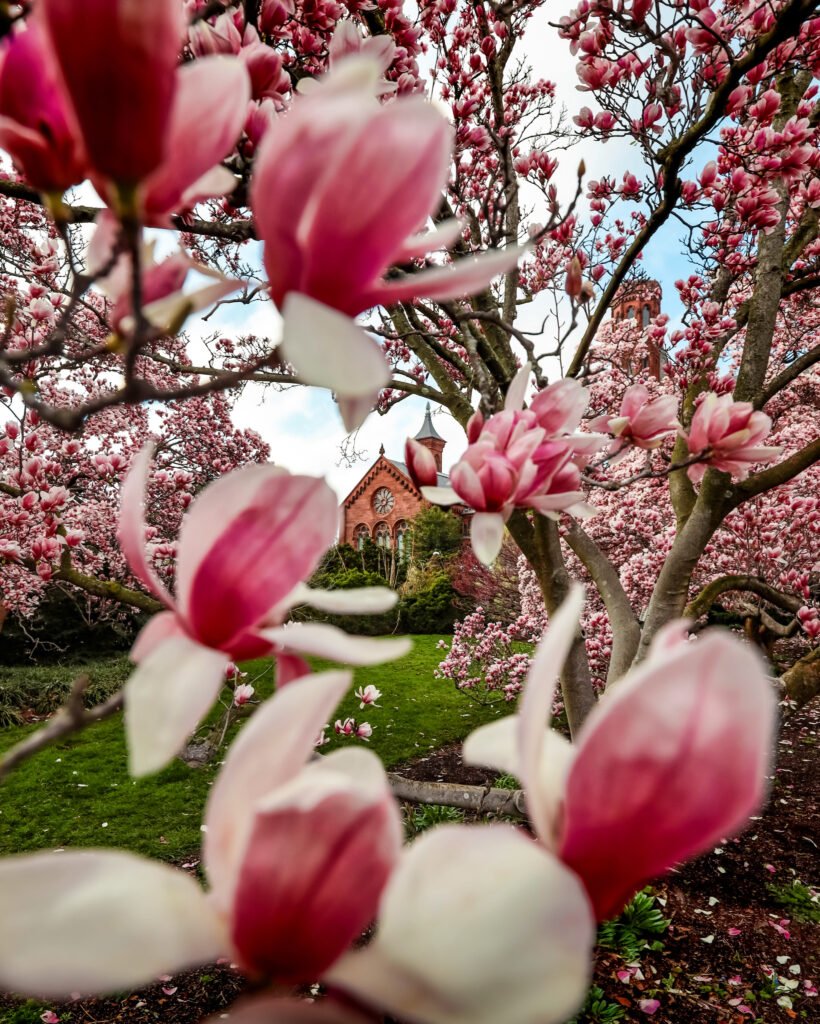
Framing
Framing is by far my favorite photography technique to use in photos. This technique involves using elements within a scene to surround or frame the subject, allowing the viewer to easily identify it. Framing helps enhance the overall composition of an image by adding a sense of depth and dimension. The most common type of framing technique in travel and cityscape photography is natural framing. Natural framing uses natural elements such as trees, bushes, or flowers to surround the subject. See examples below of how I use flowers and plants to frame the structure in each photo.
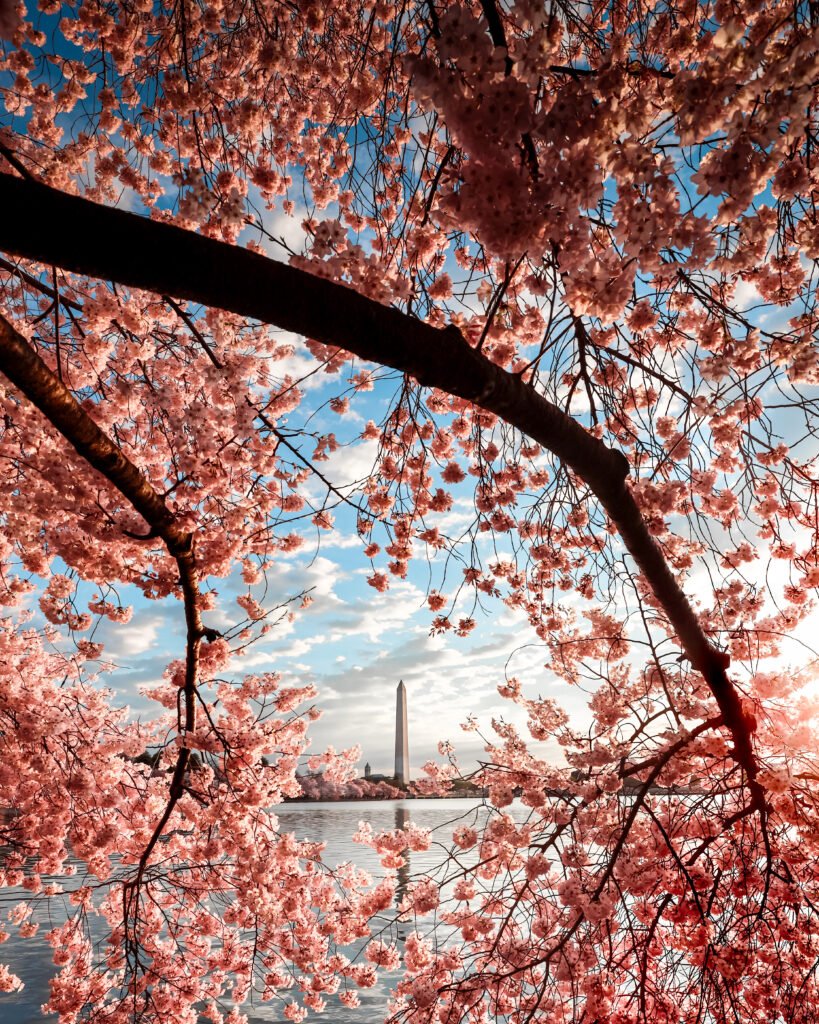
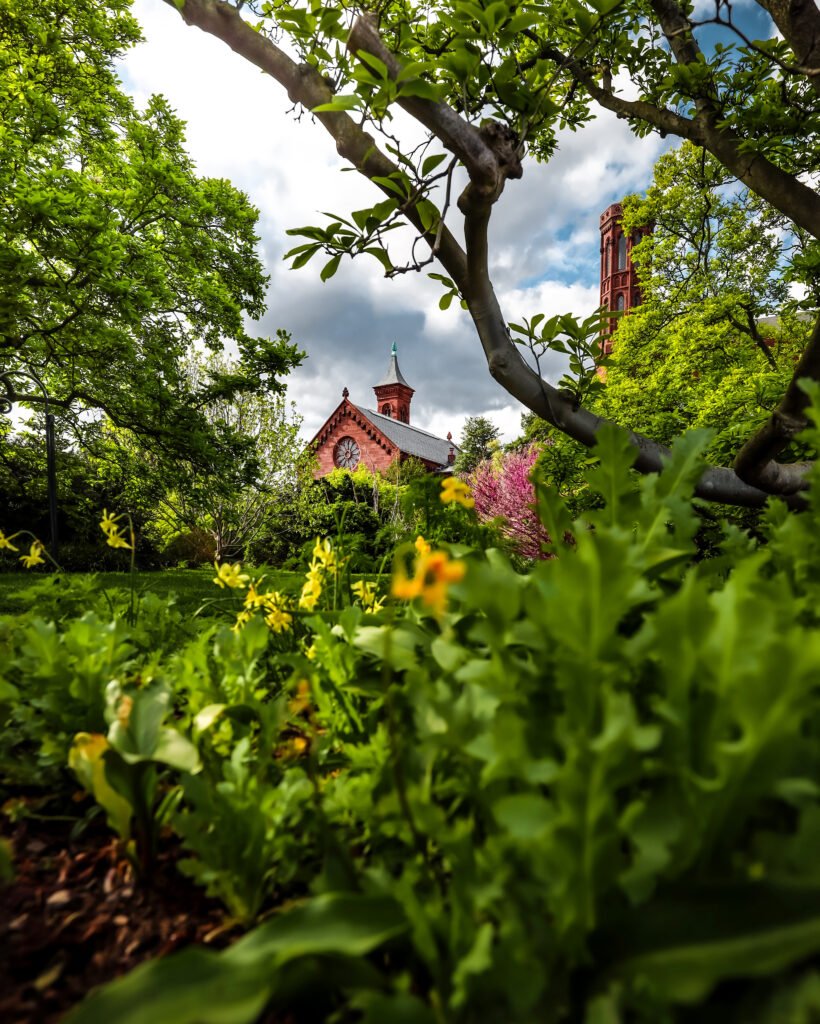
Geometry and Shapes
Geometry and shapes in photography refers to outlines, geometric or implied, created within a composition. Shapes commonly found in cityscape and architecture photography include circles, semi-circles, rectangles, squares, and triangles. Such shapes interact with other elements in a photo and can create a harmonious and balanced image.
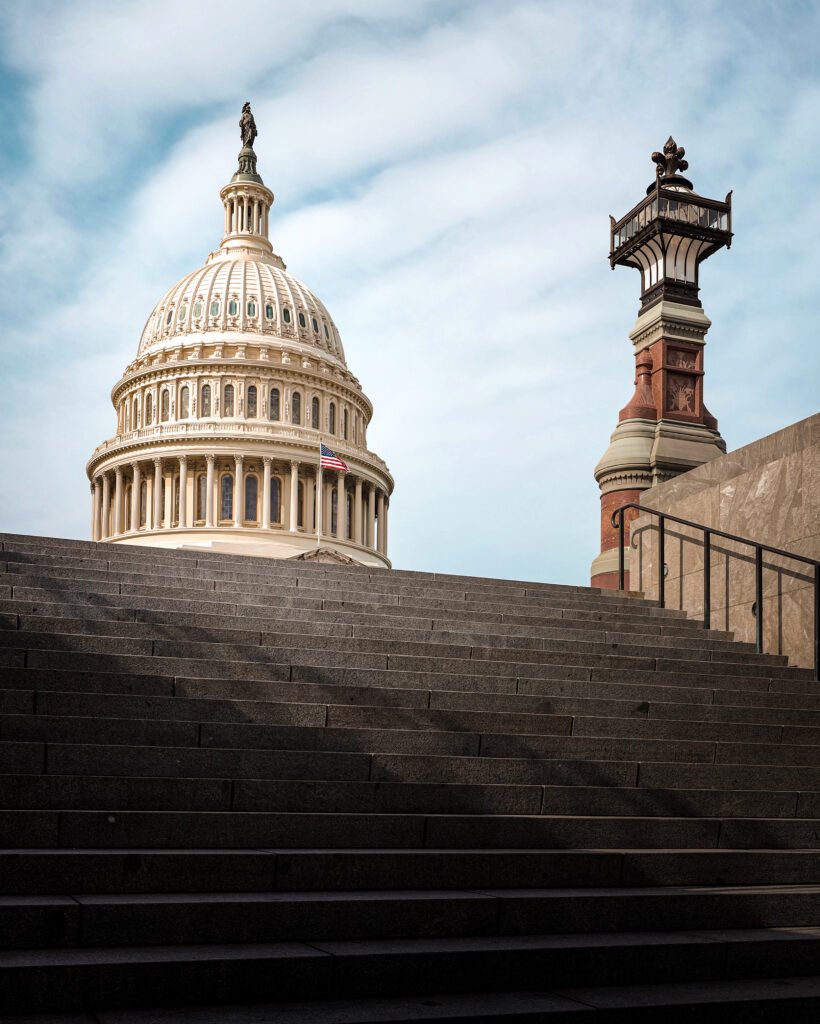
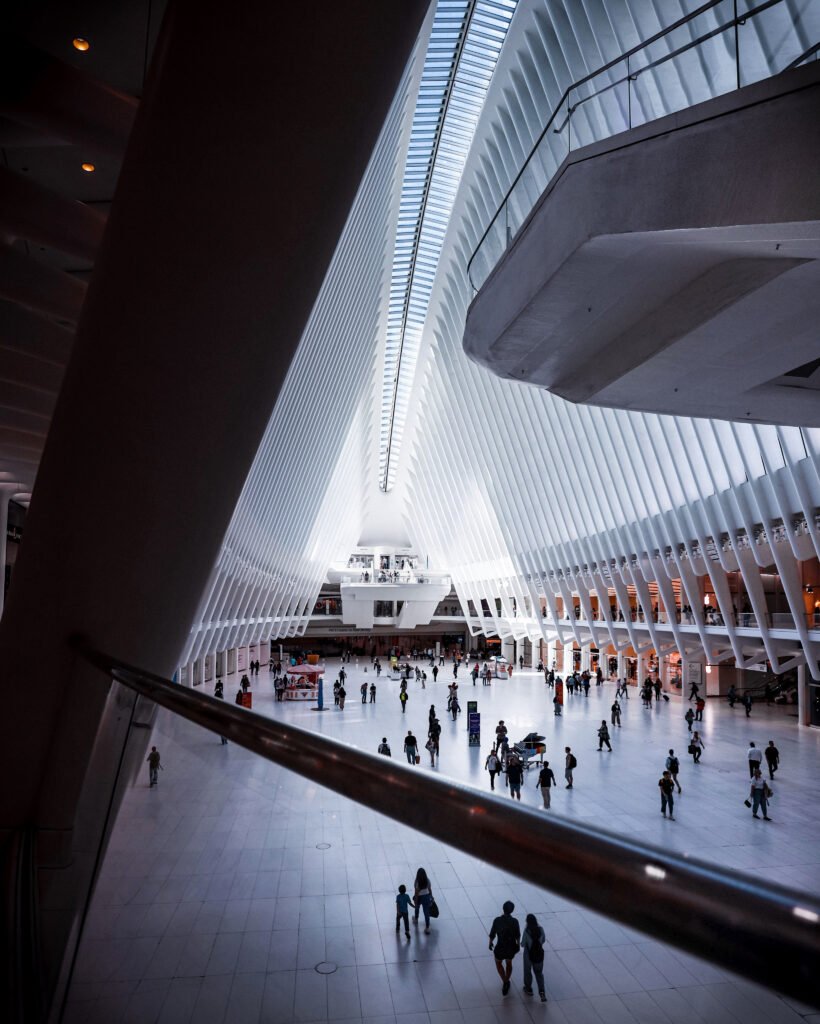
Bokeh and Depth of Field
Depth of field refers to the area within a photo that appears sharp and in focus, while the area outside of the subject appears out of focus.
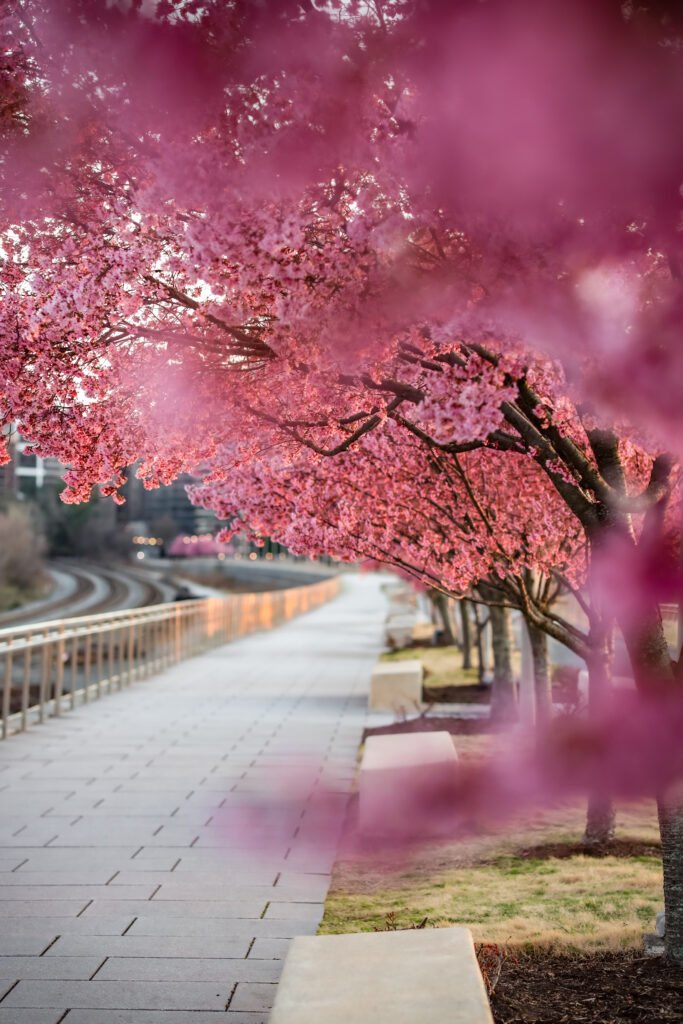
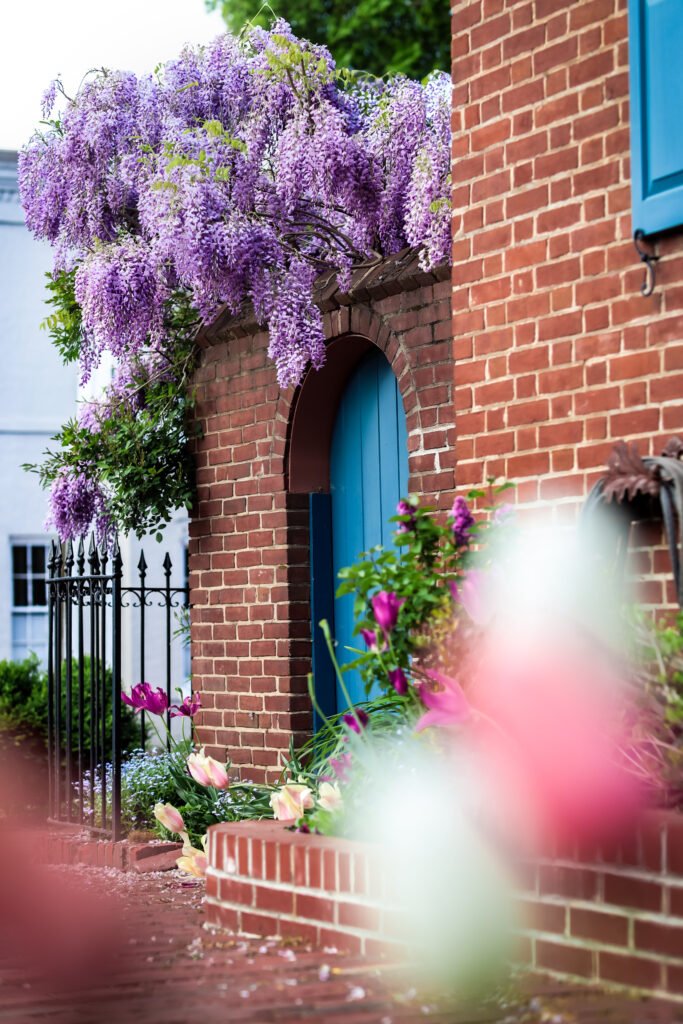
Patterns and Repetition
Repetition in photography refers to repeating elements, such as textures, shapes, or objects within a composition. This technique can strengthen visual impact and add depth and continuity to a photo.
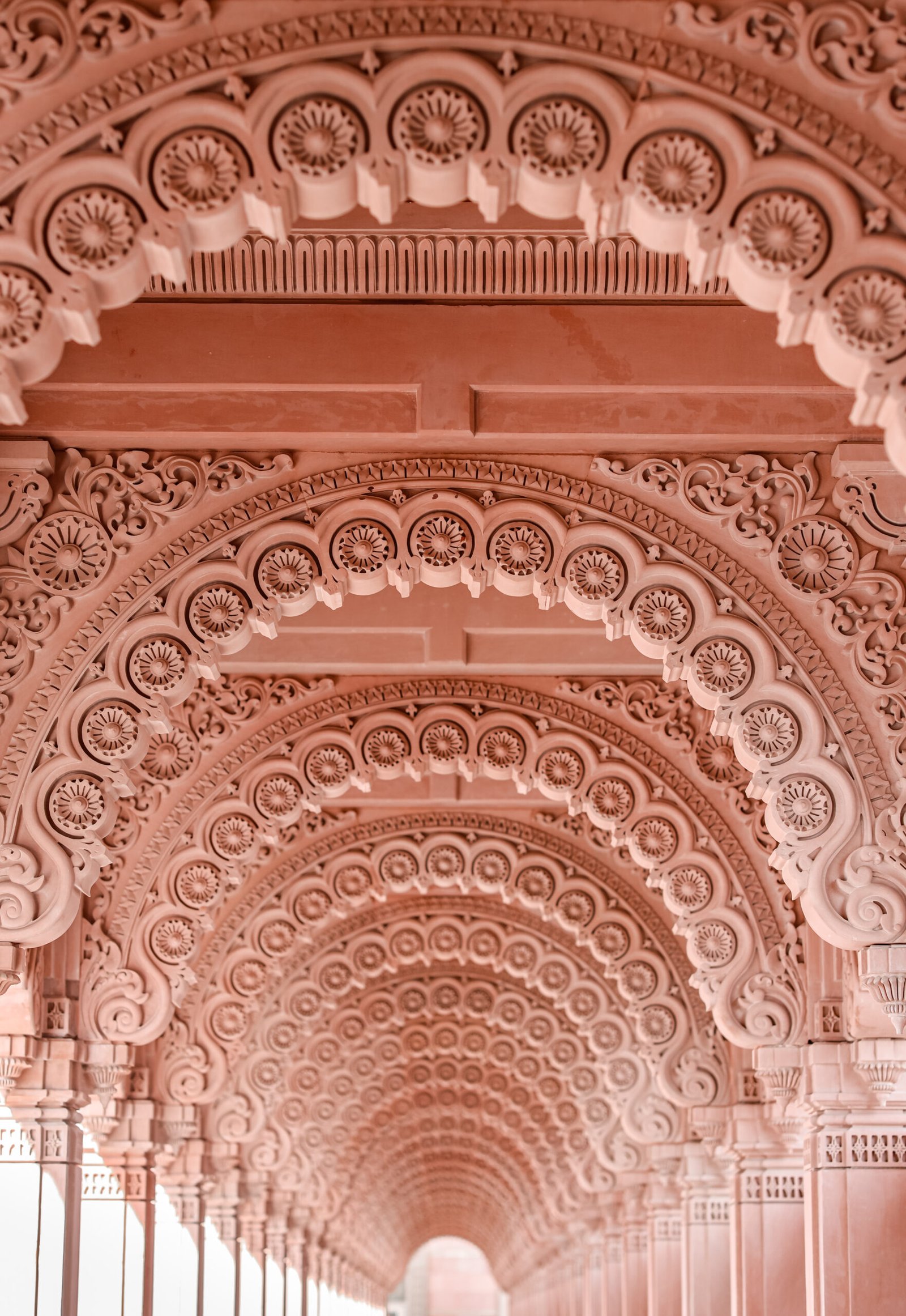
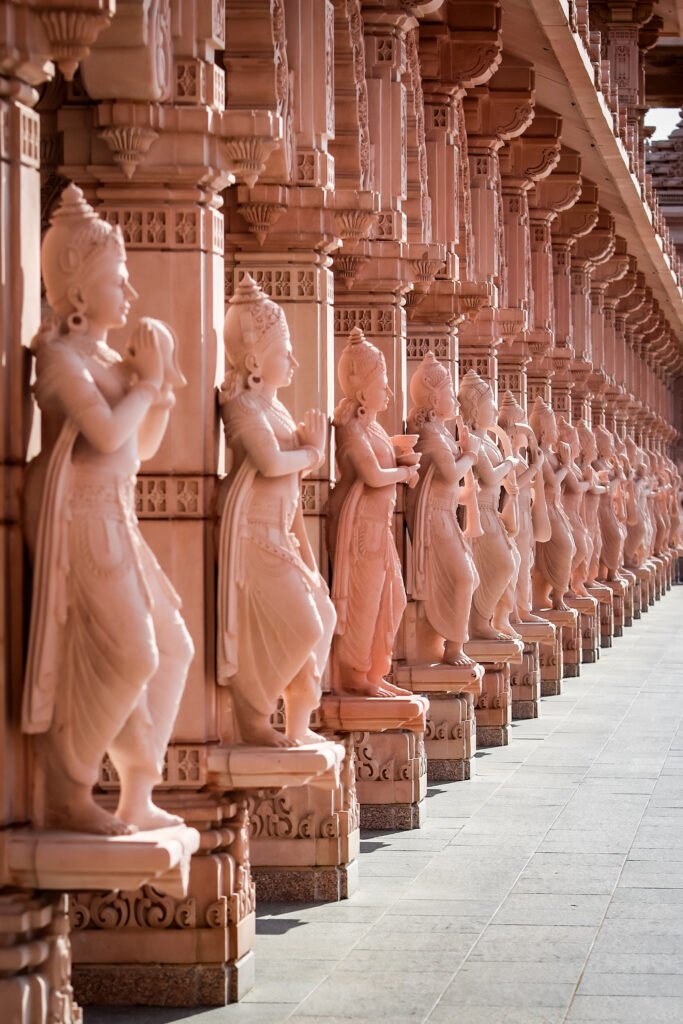
Leading Lines
Leading lines is a simple technique in which lines, straight or curved, are used to guide the viewer’s eye towards the subject. These lines can be man-made, natural, or abstract and helps enhance the composition of a photo by making it more unique and dynamic.
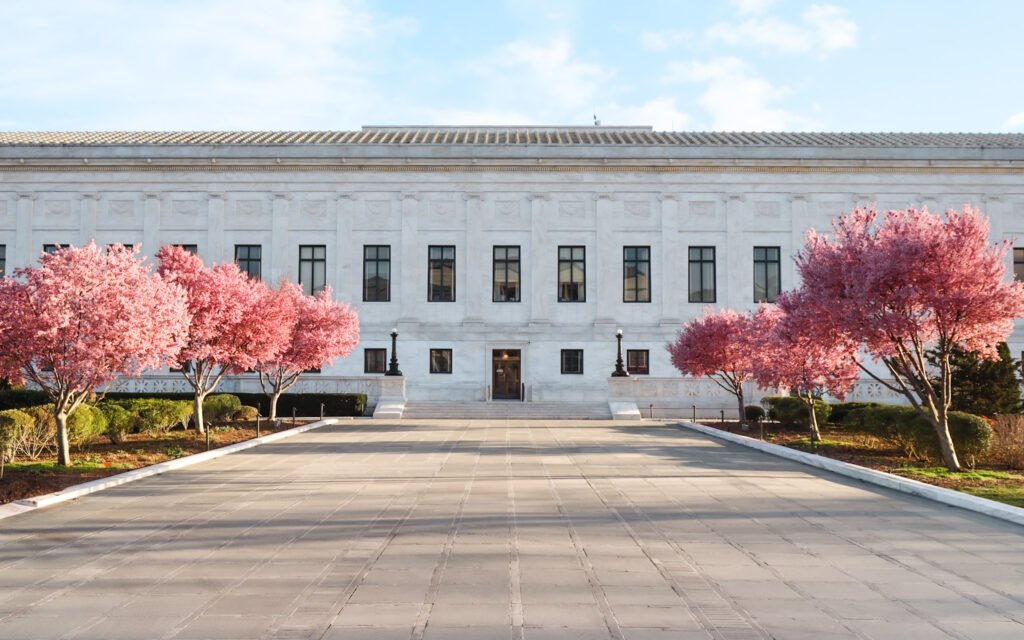
Negative Space and Minimalism
Contrary to positive space, which contains the subject, negative space is the area surrounding the subject. In minimalist photography, the emphasis is not only placed on the subject but also the empty space surrounding the main subject. This helps the viewer focus on the important visual elements created by a simple, but powerful visual impact.
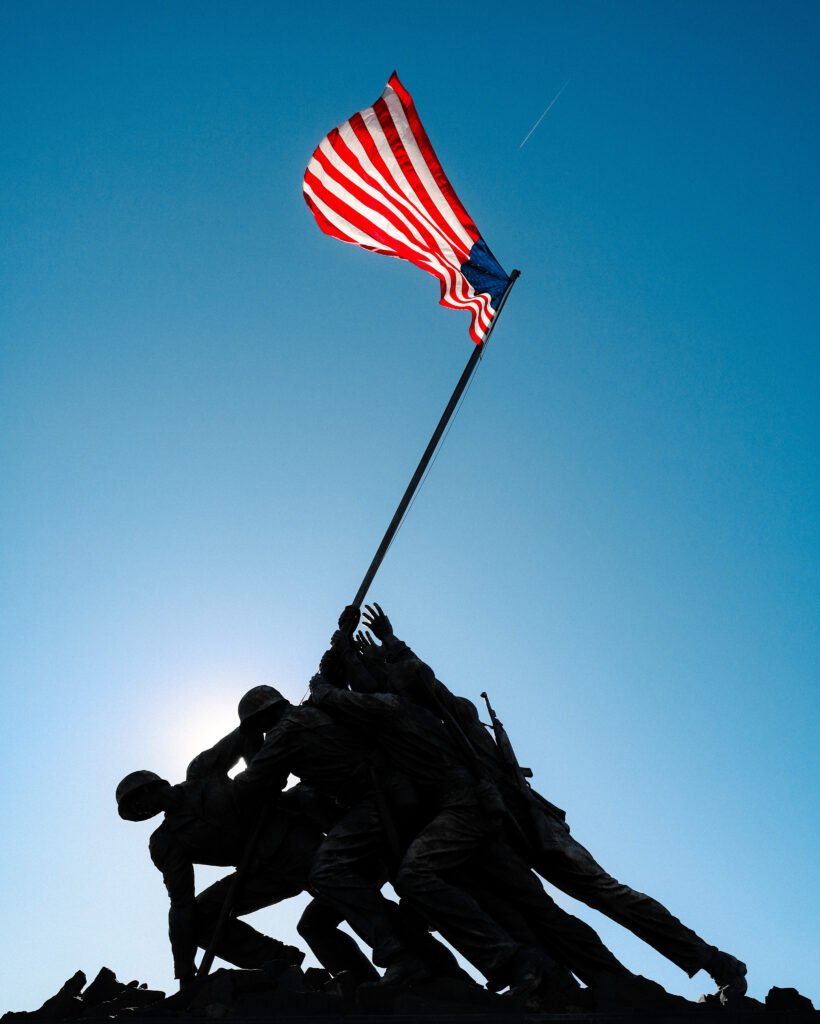
Contrast and Juxtaposition
Whether we are talking about old vs. new, dark vs, light, or hope vs. despair, contrast is a powerful technique that adds drama to an image and makes certain elements stand out. In cityscape photography, the best way to incorporate contrast is by using light and shadows to invoke a particular emotion.
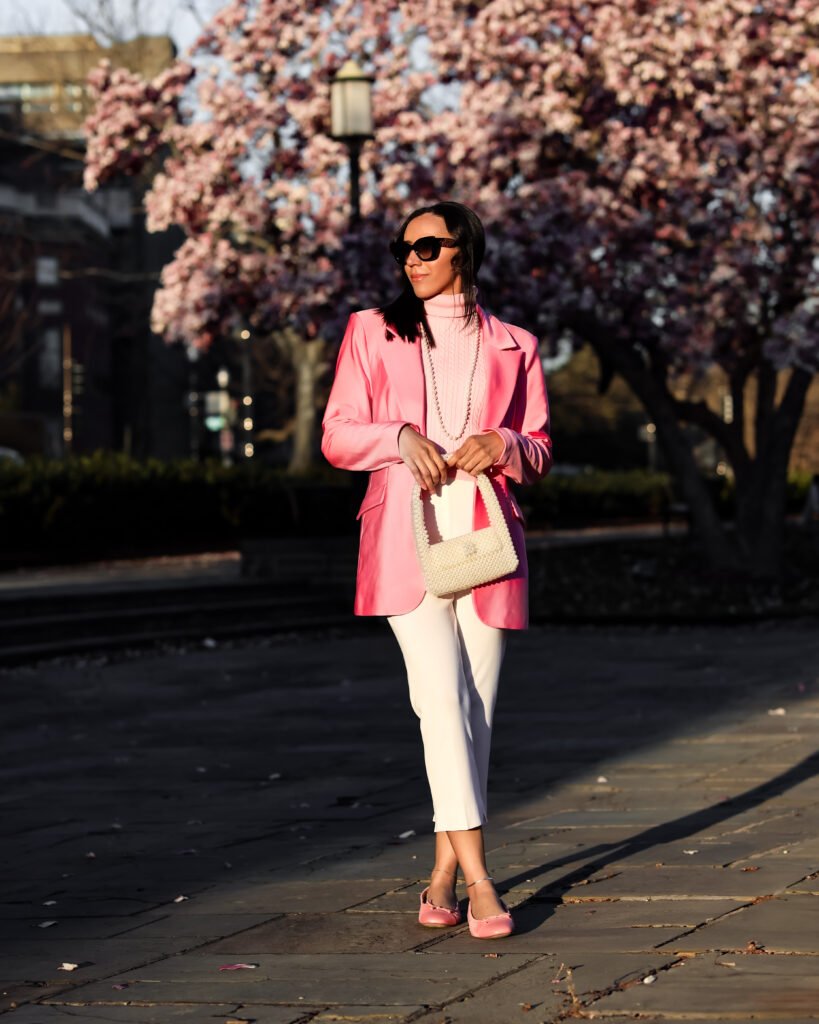
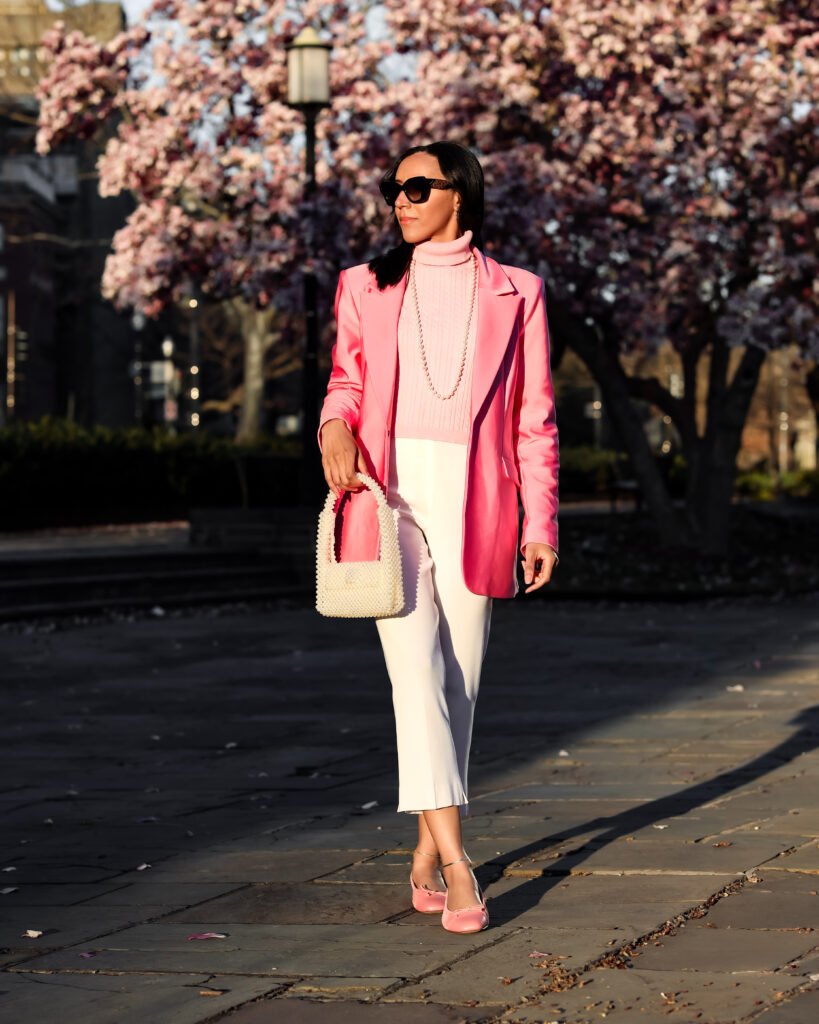
Texture
Texture acts as a visual language, giving viewers a sense of how a subject in a photo would feel to the touch. Texture is usually found in nature, but it can be found in something man-made as well. Some examples of texture found in nature are tree bark, leaves, water, skin, and fur. You can also find examples of texture in man-made objects like the grill of a car, clothing fabrics, and art materials.
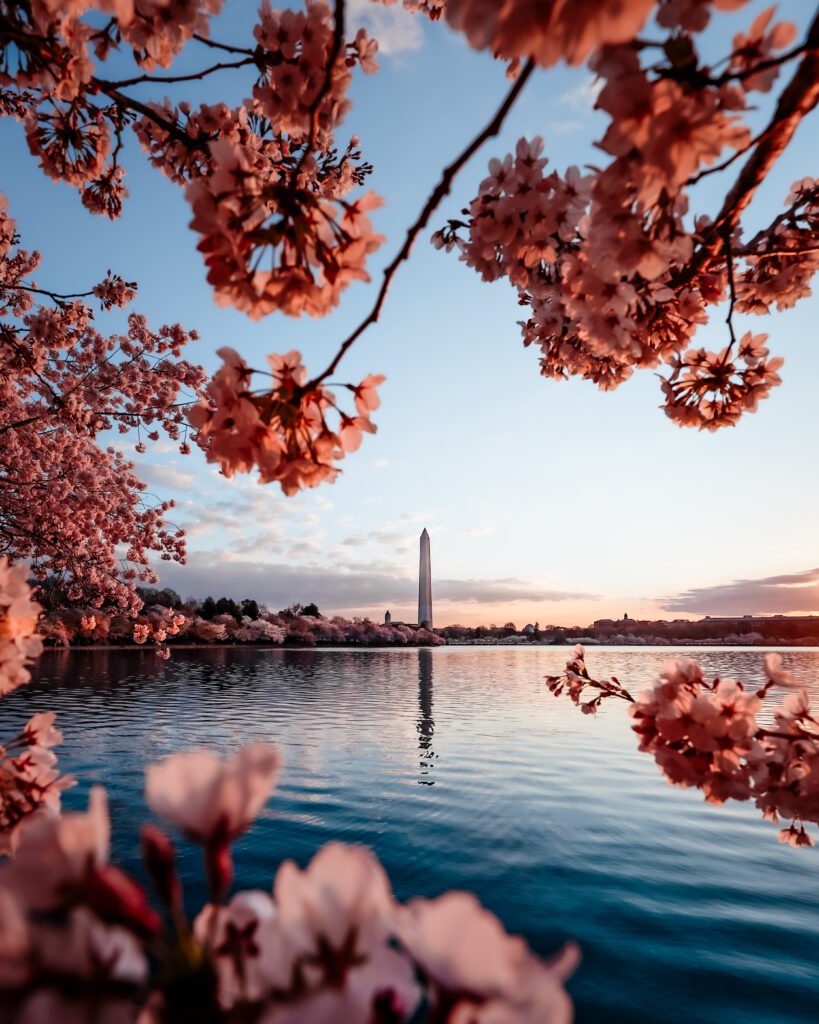
Layers
In photography, layering involves having multiple pieces of the same subject appear at various depths from the camera. Typically, the closer part of the subject appears darker while gradually becoming lighter the farther away it is. This is commonly seen in mountain ranges and one striking example of this is a photo of the Pyramids of Giza by Egyptian photographer Karim Amr. See photo.
Scale
Scale is a technique used to amplify the feeling of an image being three dimensional. It relies on the interaction between various objects within the frame, creating a sense of depth and perspective. Some of the objects appear bigger while other objects appear much smaller, further enhancing the visual impact. In the previous example of the Pyramids of Giza, the image not only demonstrates layering, but it also showcases scale and highlights how tiny the camel and person appear compared to the massive pyramids.
Long Exposure
Long exposure is fun technique that uses a slower shutter speed to capture movement over time. Your camera will need to be put in manual mode with shutter speeds typically ranging from 1 to 30 seconds. The ISO and aperture settings for a long exposure shot can vary depending on the amount of light present at the scene. Luckily, this technique can be used during both day and night. If performed during the day, a neutral density (ND) filter will need to be attached to your lens to reduce the amount of light coming into the lens. At night, however, an ND filter isn’t necessary due to low light levels. Common subjects for long exposure are waterfalls, bodies of water, skies, people, and vehicle lights.




